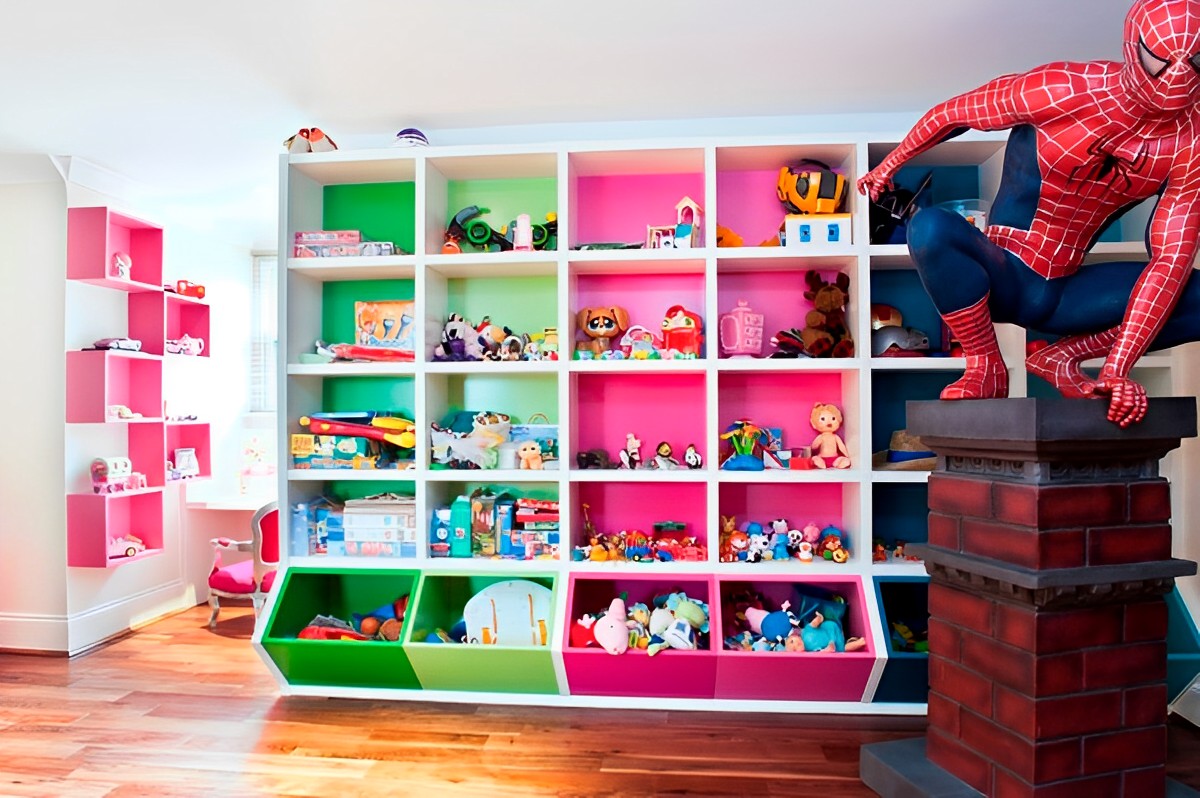

Articles
How To Store Collectible Toys
Modified: December 7, 2023
Learn how to properly store and preserve your collectible toys with our informative articles. Protect your valuable items for years to come.
(Many of the links in this article redirect to a specific reviewed product. Your purchase of these products through affiliate links helps to generate commission for Storables.com, at no extra cost. Learn more)
Introduction
Collectible toys hold a special place in the hearts of enthusiasts and collectors alike. From vintage action figures to limited edition models, these cherished items often carry sentimental value, but they can also be valuable investments. However, to preserve their value and maintain their condition over time, proper storage is essential.
When it comes to collectible toys, protecting them from dust, sunlight, moisture, and physical damage is of utmost importance. This article will guide you through the process of storing collectible toys effectively, ensuring that they remain in pristine condition for years to come.
By choosing the right storage containers, organizing and categorizing your collection, and implementing strategies to protect them from potential harm, you can both preserve their value and create a visually appealing display. Whether you’re a novice collector or a seasoned enthusiast, these tips and techniques will help you store, protect, and showcase your beloved collectible toys.
So, let’s dive into the world of collectible toy storage and discover how you can keep your treasured items safe and well-preserved.
Key Takeaways:
- Proper storage and care are essential for preserving the condition and value of collectible toys. Choosing the right storage containers, organizing the collection, and protecting toys from damage are fundamental steps in maintaining their value.
- Displaying collectible toys in an appealing and well-thought-out manner adds an extra level of enjoyment. By using props, proper lighting, and periodically rotating the display, collectors can showcase their unique collection in a captivating way.
Read more: How To Store Action Figures
Why Proper Storage is Important
Proper storage is crucial when it comes to collectible toys for several reasons. First and foremost, it helps to preserve the condition and value of these items. Collectible toys, especially those that are rare or limited edition, can appreciate in value over time. By storing them correctly, you can reduce the risk of damage, fading, or deterioration, ensuring that their worth remains intact.
Furthermore, storing collectible toys in the right conditions helps to protect them from environmental factors that can cause harm. Dust, sunlight, moisture, and temperature fluctuations are all adversaries to the longevity of these cherished items. Dust can accumulate, leading to discolouration, while exposure to sunlight can cause fading. Moisture can encourage the growth of mold, and temperature changes can result in warping or cracking of plastic components.
Another reason to prioritize proper storage is for ease of access and organization. By having a well-organized storage system, you can easily locate specific pieces within your collection when you want to display or enjoy them. It also prevents the risk of accidentally damaging or misplacing items during the retrieval process.
Furthermore, for collectors who have large collections, proper storage ensures that space is optimized. By utilizing efficient storage solutions, you can make the most of your available space and avoid clutter. This not only makes your collection more visually appealing but also helps to protect each individual item by minimizing the risk of accidental damage or knocking things over.
Overall, investing time and effort into proper storage is essential for maintaining the condition, value, and enjoyment of your collectible toys. By keeping them safe from environmental factors and organizing them effectively, you can ensure that they remain in top-notch condition for years to come.
Choosing the Right Storage Containers
When it comes to storing collectible toys, choosing the right storage containers is crucial for their protection and preservation. Here are some key considerations to keep in mind:
- Material: Opt for containers made of materials that are durable, non-reactive, and non-acidic. Plastic containers, such as polypropylene or polyethylene, are popular choices as they are resistant to moisture and provide a good level of protection. Avoid containers made of materials that emit strong odors or can potentially damage the toys over time.
- Size and Shape: Consider the size and shape of the toys when selecting storage containers. Opt for containers that are spacious enough to accommodate the toys comfortably without causing any pressure or distortion. If the toys have delicate parts or protrusions, choose containers with adjustable compartments or dividers to provide extra protection.
- Transparency: Transparent containers or those with clear lids offer the advantage of easy visibility. Being able to see the contents without having to open the container can help you locate specific toys quickly and reduce the risk of accidental damage.
- Sealing: Look for containers with secure and tight-sealing lids. This helps to keep out dust, moisture, and pests, ensuring that the toys remain in a controlled and protected environment. Airtight containers can also prevent oxidation or degradation of certain materials.
- Stackability: Opt for storage containers that are stackable, especially if you have a large collection. This helps you maximize space and keep your toys organized, while also minimizing the risk of accidental damage from falling or toppling over.
Additionally, it is advisable to avoid storing collectible toys directly on hard surfaces or in cardboard boxes, as they offer less protection against potential damage. If you prefer to use cardboard boxes for storage, consider placing the toys in acid-free and archival-quality tissue paper or bubble wrap to provide an extra layer of protection.
Remember to label your storage containers clearly with the contents or categories of toys they hold. This will make it easier to locate specific items when needed.
By selecting the right storage containers that meet these criteria, you can ensure that your collectible toys are well-protected, organized, and easily accessible, contributing to their long-term preservation and enjoyment.
Organizing and Categorizing Collectible Toys
Proper organization and categorization of collectible toys not only make it easier to find specific items within your collection but also contribute to the overall aesthetic appeal of your display. Here are some tips to help you effectively organize and categorize your collectible toys:
- Themes or Series: Consider organizing your toys based on themes or series. For example, you can group together action figures from a particular movie franchise or arrange your toys by their genre, such as superheroes, robots, or fantasy creatures. This approach not only makes it easier to locate items but also creates a visually appealing display.
- Chronological Order: If you have a collection that spans different time periods, organizing them chronologically can be a fun and interesting way to showcase the evolution of the toys. Arrange them based on their release date or by the era they originate from, allowing you to appreciate the historical significance and progress of the collectibles.
- Size or Scale: Another organizing method is grouping your collectible toys based on their size or scale. This approach can create a visually striking display, as you can arrange toys from the smallest to the largest or vice versa. You can also use display shelves or risers to highlight the variations in size and create depth in your collection.
- Display Themes or Scenes: Create dynamic displays by organizing your toys according to specific themes or recreating memorable scenes. This can be especially appealing if you have collectibles from movie franchises or comic book series. Arrange your toys to depict famous battles, iconic movie moments, or cohesive scenes that tell a story.
- Customized Displays: Consider using specialized display cases, stands, or dioramas to showcase your most prized collectible toys. These dedicated displays can enhance the visual impact and protect valuable items. There are various options available, including acrylic cases, lighted display cabinets, and backdrop displays that can be customized to match the theme or aesthetic of your collection.
Remember to document and keep track of your organization and categorization methods. This can be helpful when expanding your collection or rearranging your display in the future. Additionally, take photographs or create a catalog of your collectible toys for reference, especially if you have a large collection.
By organizing and categorizing your collectible toys thoughtfully, you can create an aesthetically pleasing display, make it easier to locate specific items, and enhance the overall enjoyment of your collection.
Store collectible toys in a cool, dry place away from direct sunlight to prevent fading and damage. Use acid-free boxes or display cases to protect them from dust and moisture.
Protecting Toys from Damage
Protecting your collectible toys from damage is crucial for maintaining their condition and value over time. Here are some important measures you can take to ensure the longevity and preservation of your prized possessions:
- Handling with Care: When handling collectible toys, always make sure to clean hands and handle them with care to avoid leaving fingerprints, smudges, or accidental damage. Avoid gripping or applying excessive pressure on delicate areas.
- Storage Conditions: Store your collectible toys in a cool, dry, and controlled environment. Avoid areas with direct sunlight, extreme temperature fluctuations, or high humidity levels. It’s best to store them in a room with stable temperature and humidity to prevent damage from moisture, mold, or fading caused by sunlight exposure.
- Dust Protection: Regularly dust your collectible toys to prevent the buildup of dirt and dust. Use a soft brush or microfiber cloth to gently remove any surface particles. Avoid using harsh chemicals or abrasive materials that may scratch or damage the toys. Consider using display cases or glass cabinets with dust-resistant properties to provide an added layer of protection.
- Handling Packaging: If your collectible toys come with original packaging, handle it with care. Avoid ripping or tearing the packaging as it can reduce the overall value of the item. Consider using archival-grade bags or acid-free plastic sleeves to protect the packaging from dust, moisture, and yellowing.
- Display Protection: If you choose to display your collectible toys, consider adding protective measures to prevent accidental damage. Clear plastic display cases or acrylic risers can help shield them from dust, accidental knocks, or curious hands while still allowing for easy viewing. Avoid overcrowding your display shelves or overcrowding items, as this increases the risk of accidents or items falling and causing damage.
- Regular Inspections: Regularly inspect your collectible toys for any signs of damage or deterioration. Check for loose joints, broken parts, discoloration, or any other issues that may require immediate attention. Timely repairs or maintenance can prevent further damage and extend the lifespan of your collectibles.
- Insurance and Appraisals: Consider getting your valuable collectible toys appraised and insured. This provides financial protection in the event of loss, theft, or damage. Appraisals help establish the value of your toys, which can be useful for insurance purposes or when considering selling or trading items in the future.
By implementing these protective measures, you can minimize the risk of damage to your collectible toys and ensure their longevity. Remember, prevention is key in preserving the value and condition of your cherished items.
Read more: How To Store Toys
Displaying Collectible Toys
Displaying your collectible toys not only allows you to showcase your prized possessions but also adds a visually captivating element to your space. Here are some tips to help you create an eye-catching display:
- Consider the Space: Assess the available space in your home or display area before setting up your collectible toys. Take into account the size and number of items you have and determine how much space you want to allocate for your display. Consider wall-mounted shelves, display cabinets, or dedicated display units specifically designed for collectible toys.
- Create Focal Points: Designate specific areas or shelves as focal points in your display. Highlight your most valuable or favorite pieces in these areas, using lighting, backdrop displays, or elevated platforms to draw attention to them.
- Use Props and Accessories: Enhance the visual appeal of your display by incorporating props and accessories that complement your collectible toys. Use themed backdrops, dioramas, or miniature scenery to create immersive display scenes. Add small figurines, vehicles, or other relevant props to enhance the atmosphere and tell a story within your display.
- Vary the Display Heights: Create visual interest by varying the height of your display. Use risers, shelves of different heights, or display stands to add dimension and depth to your collection. This allows each item to be seen clearly and avoids a flat, monotonous display.
- Grouping and Themes: Consider grouping your collectible toys based on themes, series, or characters. This can create a cohesive and visually appealing display. You can arrange them by color, genre, or even create scenes that depict the storylines or battles from your favorite movies or comic books.
- Lighting: Lighting plays a crucial role in showcasing your collectible toys. Consider using adjustable spotlights or LED strips to highlight specific items or create an overall ambient glow. Explore different lighting angles and intensities to create the desired effect and draw attention to the details of your collectibles.
- Rotating Displays: To keep your display fresh and prevent your collection from becoming stagnant, consider rotating items periodically. This allows you to showcase different pieces throughout the year, keeping your display dynamic and exciting.
- Labeling and Descriptions: Provide informational labels or descriptions for each item, especially if you have a diverse collection or rare pieces. This adds educational value to your display and provides interesting details for visitors or fellow collectors.
Remember, there are no hard and fast rules when it comes to displaying collectible toys. Use your creativity and personal preferences to curate a display that reflects your unique collection and style. Experiment with different arrangements, layouts, and decorative elements to create a display that truly captures the essence and beauty of your collectible toys.
Maintaining the Value of Collectible Toys
If you are a collector, preserving the value of your collectible toys is crucial, especially if you plan to buy, sell, or trade items in the future. Here are some tips to help you maintain the value of your cherished collectibles:
- Keep Original Packaging: Whenever possible, keep the original packaging of your collectible toys. Retaining the box, inserts, and any accompanying paperwork can significantly increase the value of the item. Store the packaging in a cool, dry place to prevent damage such as warping, tearing, or discolouration.
- Minimize Handling: Limit unnecessary handling of your collectible toys to prevent wear and tear. Only handle them when necessary, and make sure your hands are clean and free of any oils or residue that can adhere to the surface. Use soft gloves if handling delicate items to minimize the risk of leaving fingerprints or other marks.
- Storage Conditions: Choose appropriate storage conditions to prevent damage to your collectibles. Keep them away from direct sunlight, extreme temperatures, and high humidity levels. Avoid storing them in basements, attics, or areas prone to leaks or temperature fluctuations. Ideally, store them in a climate-controlled room or display case to minimize the risk of deterioration.
- Regular Cleaning: Dust your collectible toys regularly to keep them clean and free from debris. Use a soft, lint-free cloth or a small brush to gently remove dust. Avoid using harsh chemicals or excessive force, as this can damage the surface or paint. If needed, consult professional cleaning services for delicate or high-value items.
- Avoid Displaying in Direct Sunlight: Direct sunlight can cause fading, discolouration, and deterioration of materials over time. Avoid placing your collectibles in areas where they are exposed to direct sunlight for extended periods. If display placement is unavoidable, consider using UV-protective glass or window film to minimize the harmful effects of sunlight.
- Document the History: Keep records of the history, provenance, or any relevant documentation related to your collectibles. This includes certificates of authenticity, receipts, or any other supporting paperwork. This documentation can add value to your items and provide assurances to potential buyers or collectors.
- Update Storage Methods: Stay updated on best practices for storing collectibles. As new storage solutions or preservation techniques emerge, consider implementing them to ensure the longevity and value of your collection. Stay informed about innovations in archival materials, display cases, or other protective measures.
- Insurance and Appraisals: Consider getting your valuable collectible toys appraised and insured. Regular appraisals help you understand the value of your collection and ensure that you have adequate insurance coverage. This provides financial protection in case of loss, damage, or theft.
By following these guidelines, you can help maintain the value of your collectible toys and ensure their long-term preservation. Proper care, storage, and documentation are key to maximizing the value and enjoyment of your cherished items.
Conclusion
In the world of collectible toys, proper storage and care are essential to preserve their condition, value, and sentimental significance. By following the tips and techniques outlined in this article, you can ensure that your collectible toys remain in pristine condition for years to come.
Choosing the right storage containers, organizing and categorizing your collection, and protecting the toys from damage are fundamental steps in maintaining their value. By investing in durable and appropriate storage containers, you provide a safe haven for your collectibles, shielding them from dust, sunlight, moisture, and physical harm.
Organizing and categorizing your toys not only helps you locate specific items with ease but also adds aesthetic appeal to your display. Whether you choose to group them by theme, series, or size, creating a visually captivating arrangement enhances the overall enjoyment of your collection.
Furthermore, taking measures to protect your collectible toys from damage, such as handling them with care, maintaining optimal storage conditions, and regular cleaning, will ensure their longevity. Displaying your collectibles in an appealing and well-thought-out manner adds an extra level of enjoyment.
By following best practices, such as using props, employing proper lighting, and periodically rotating your display, you can showcase your collection in a way that captures its uniqueness and engages viewers.
Ultimately, maintaining the value of your collectible toys requires a proactive approach. Regular inspections, documentation, and appraisals contribute to a comprehensive understanding of the worth and history of your collection, enabling you to make informed decisions when it comes to buying, selling, or trading items.
So, whether you’re a novice collector or a seasoned enthusiast, remember that proper storage, organization, protection, and display of your collectible toys are key to preserving their value and bringing you joy for years to come.
Frequently Asked Questions about How To Store Collectible Toys
Was this page helpful?
At Storables.com, we guarantee accurate and reliable information. Our content, validated by Expert Board Contributors, is crafted following stringent Editorial Policies. We're committed to providing you with well-researched, expert-backed insights for all your informational needs.
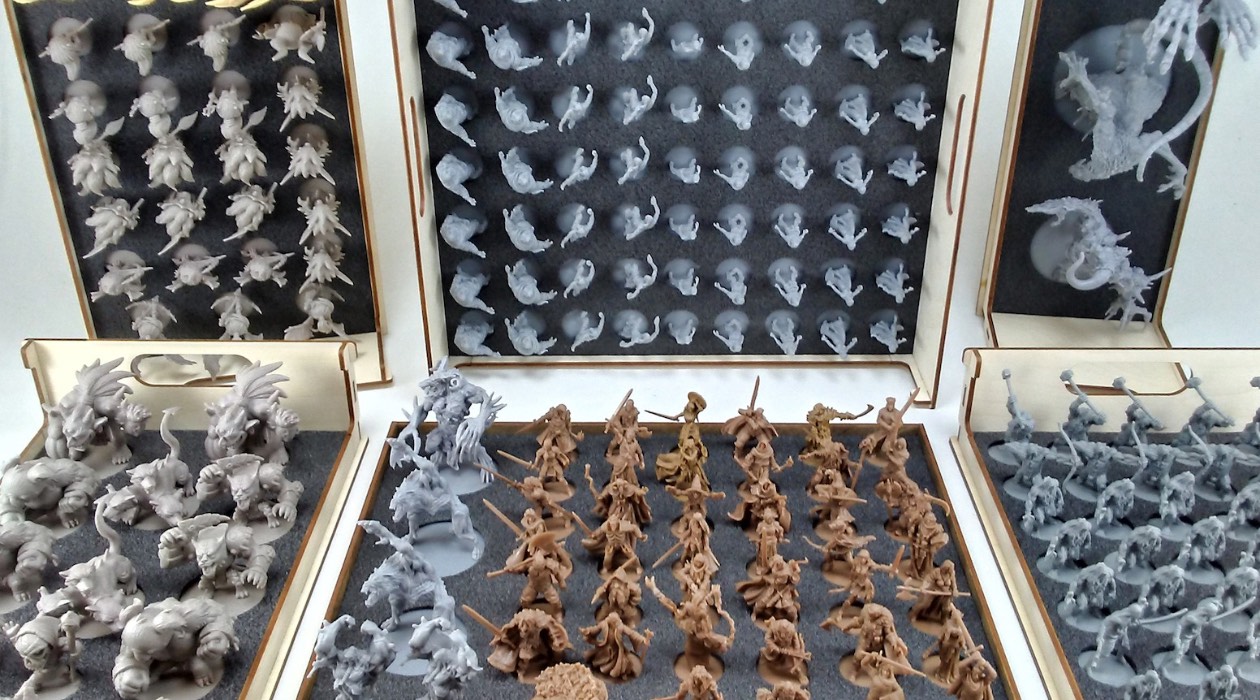
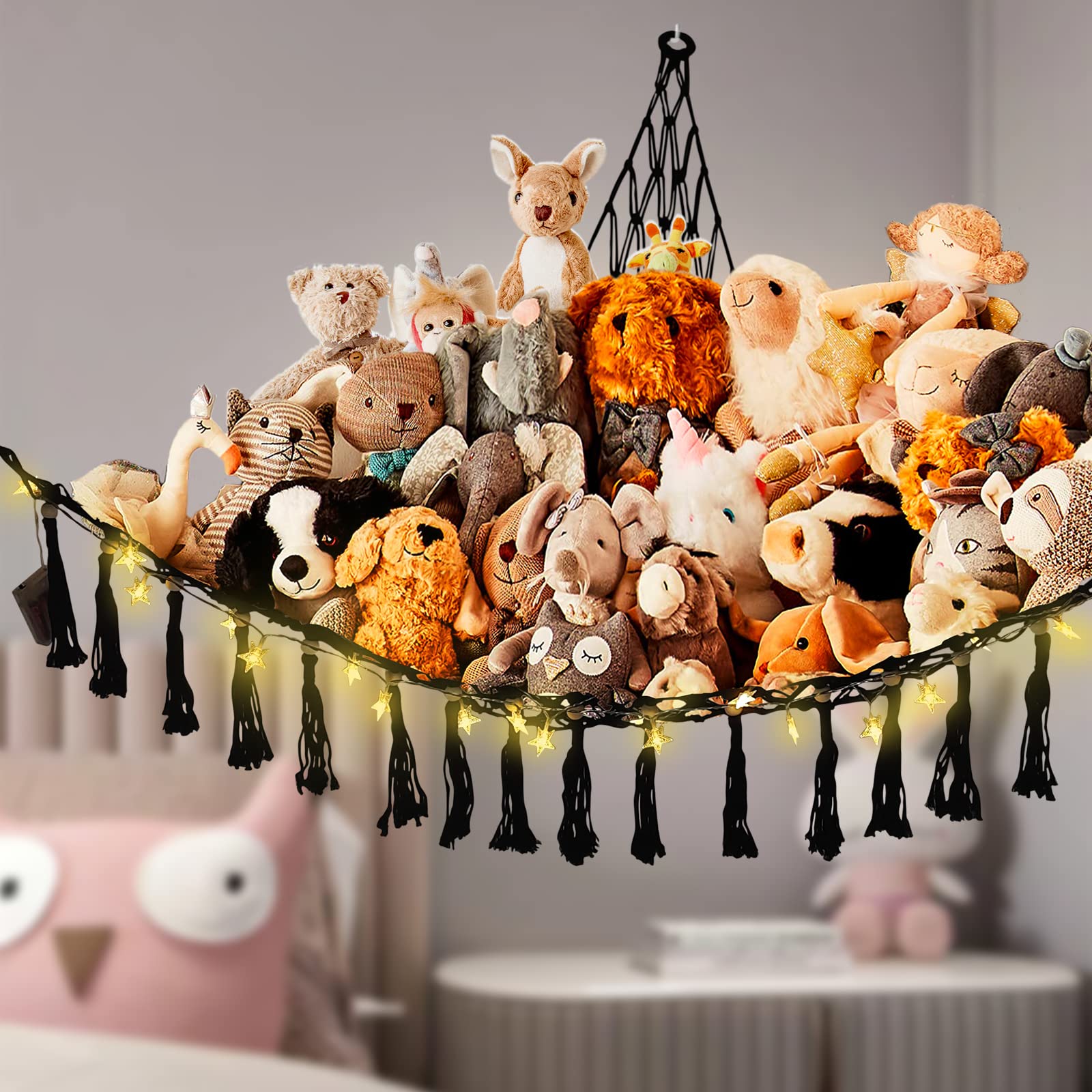
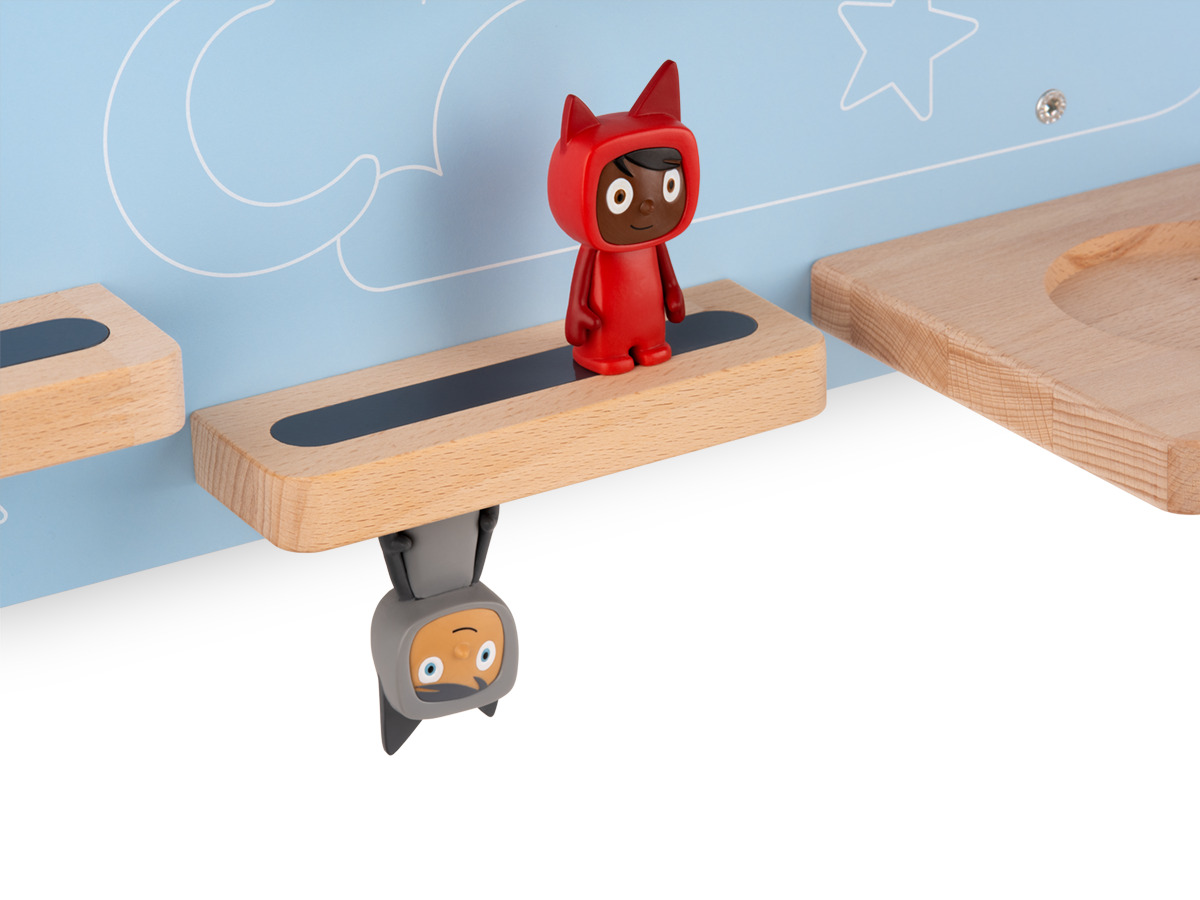
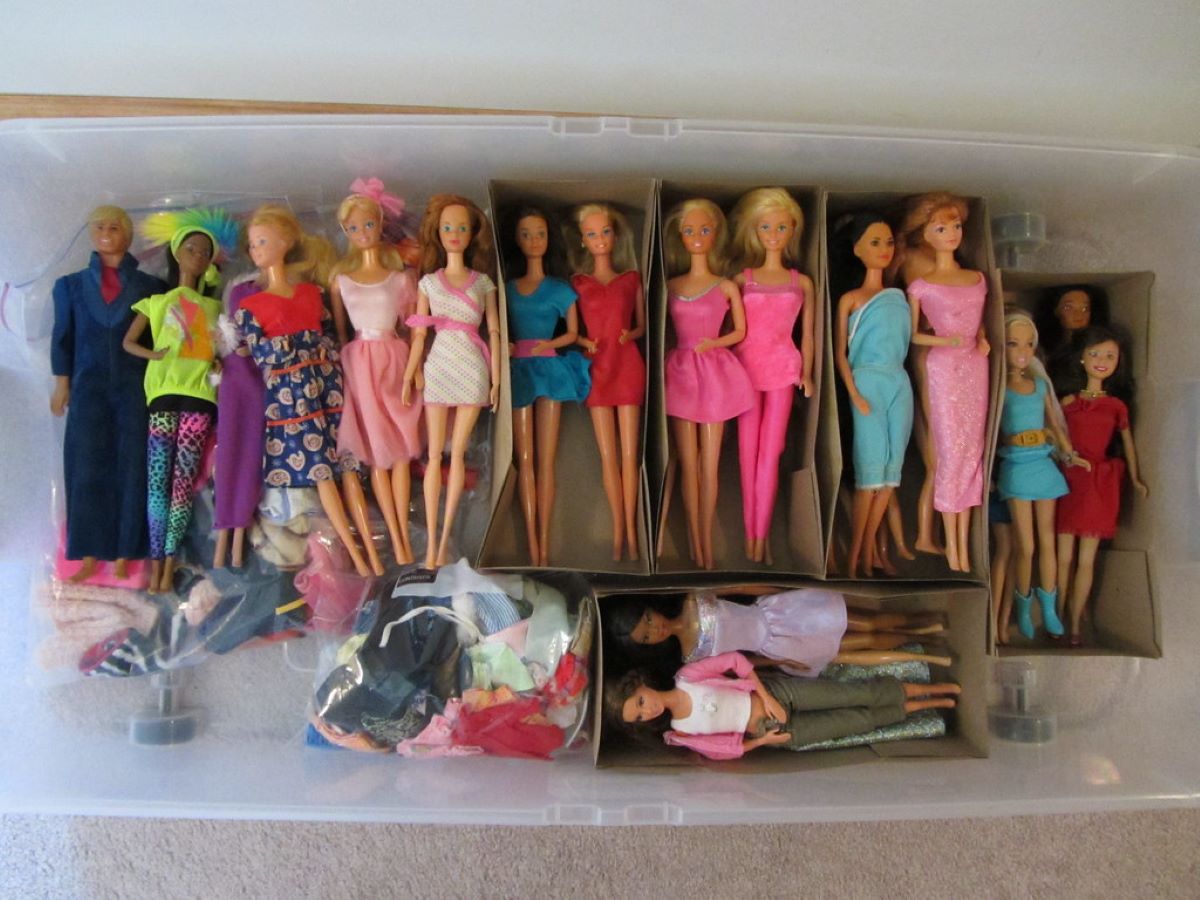
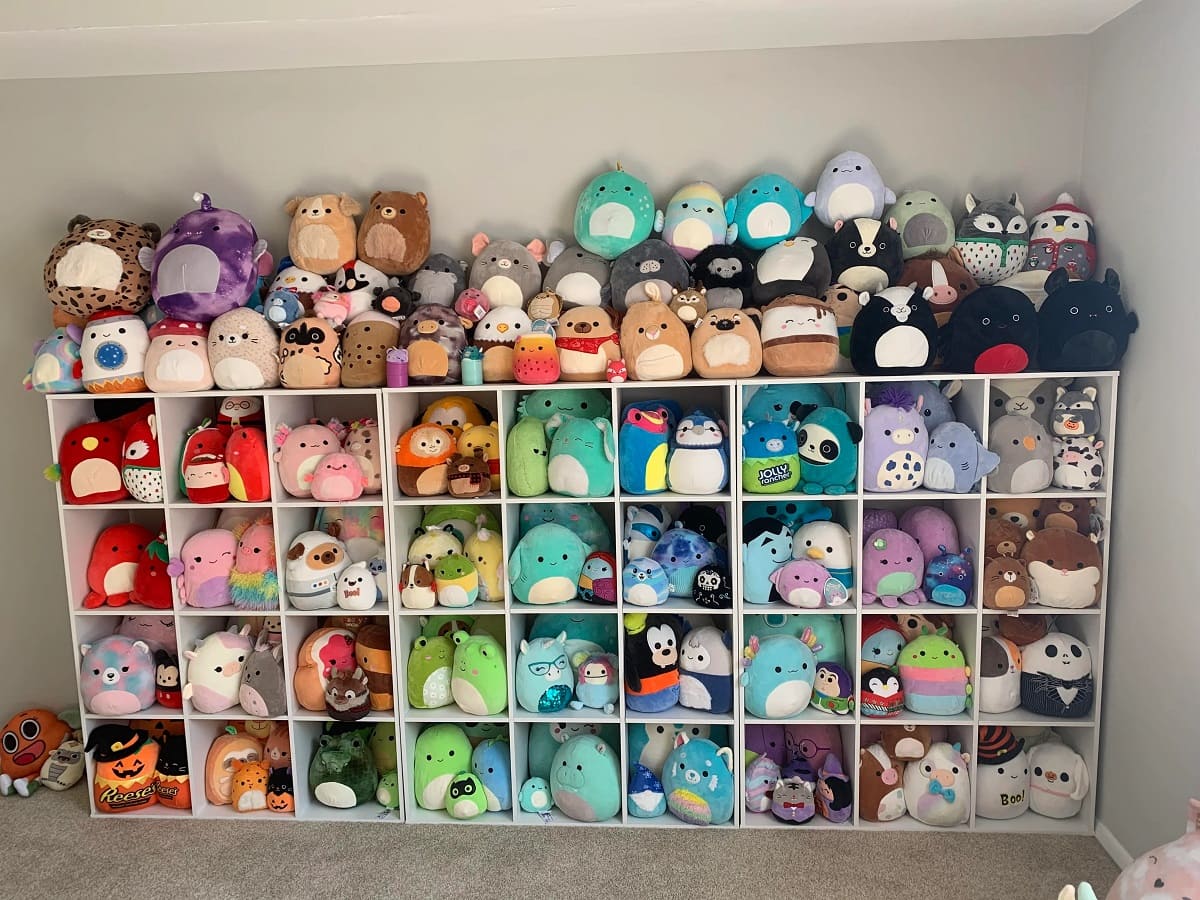
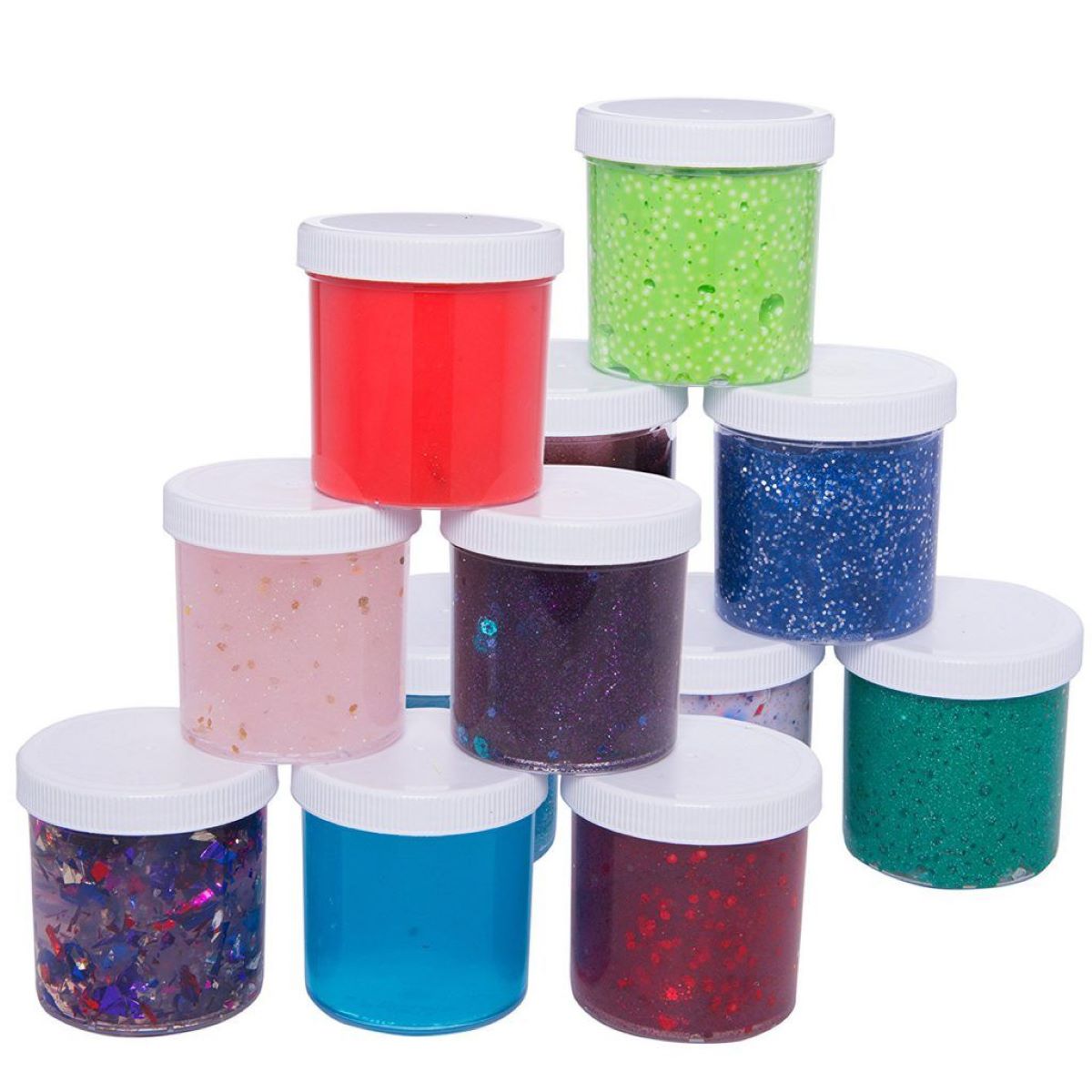
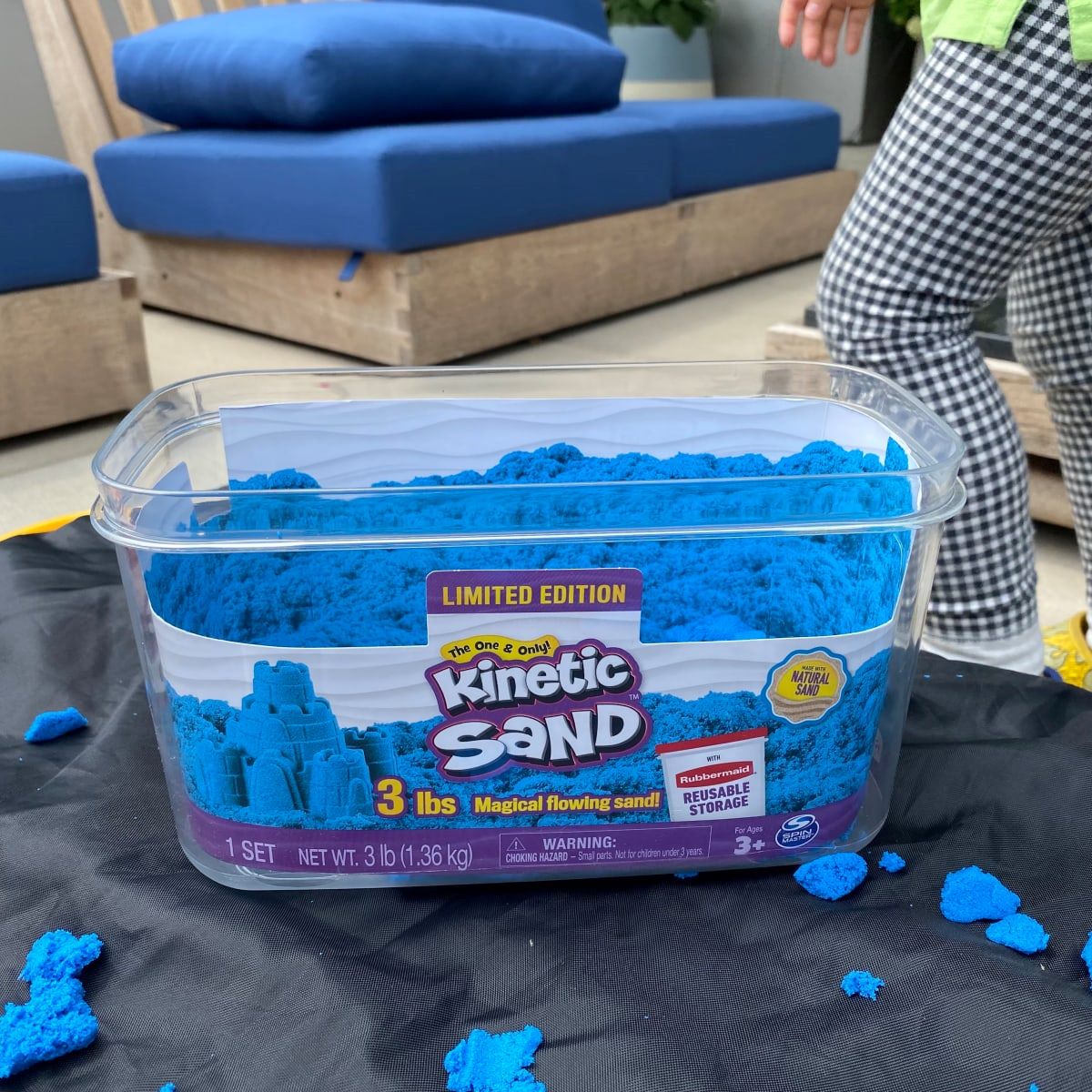
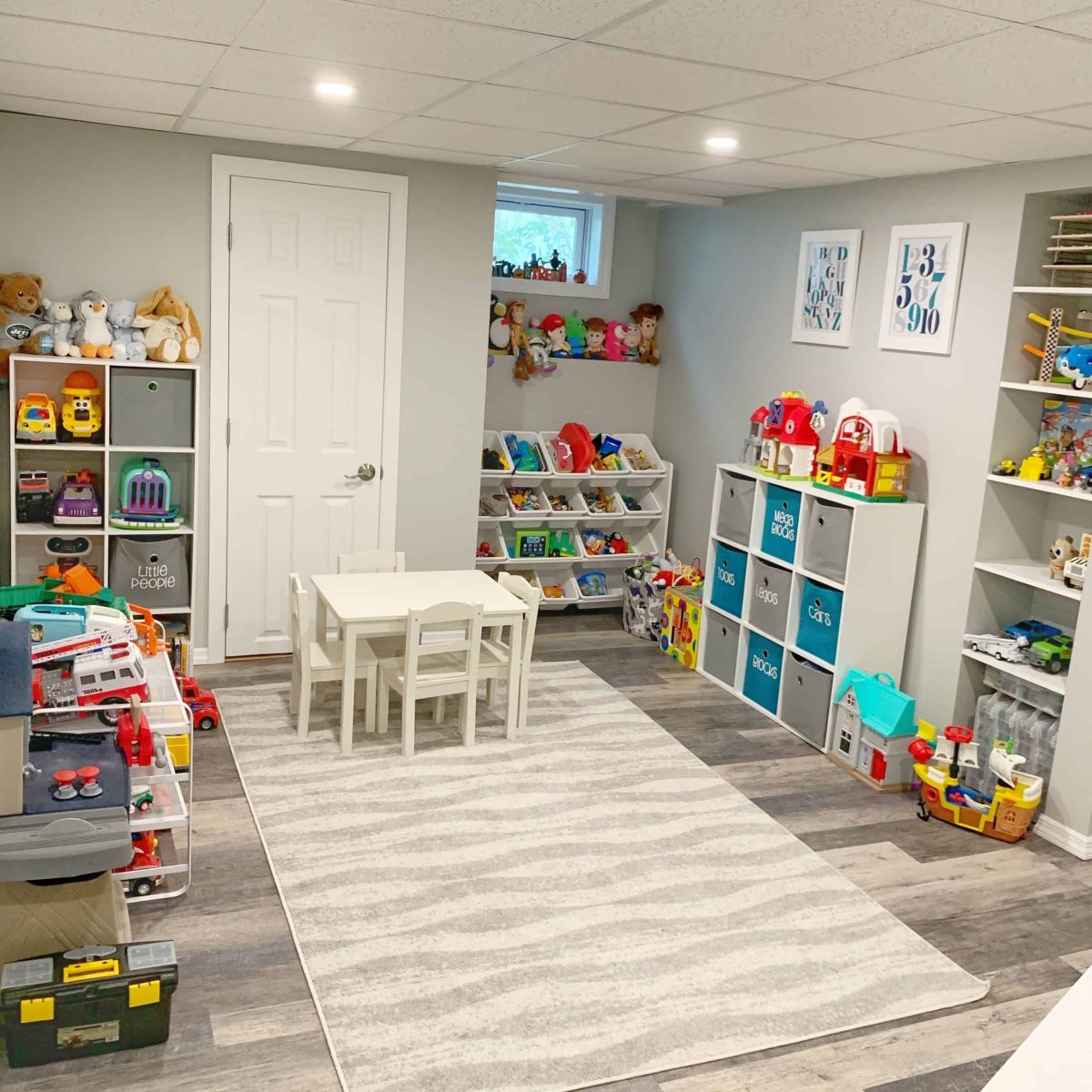
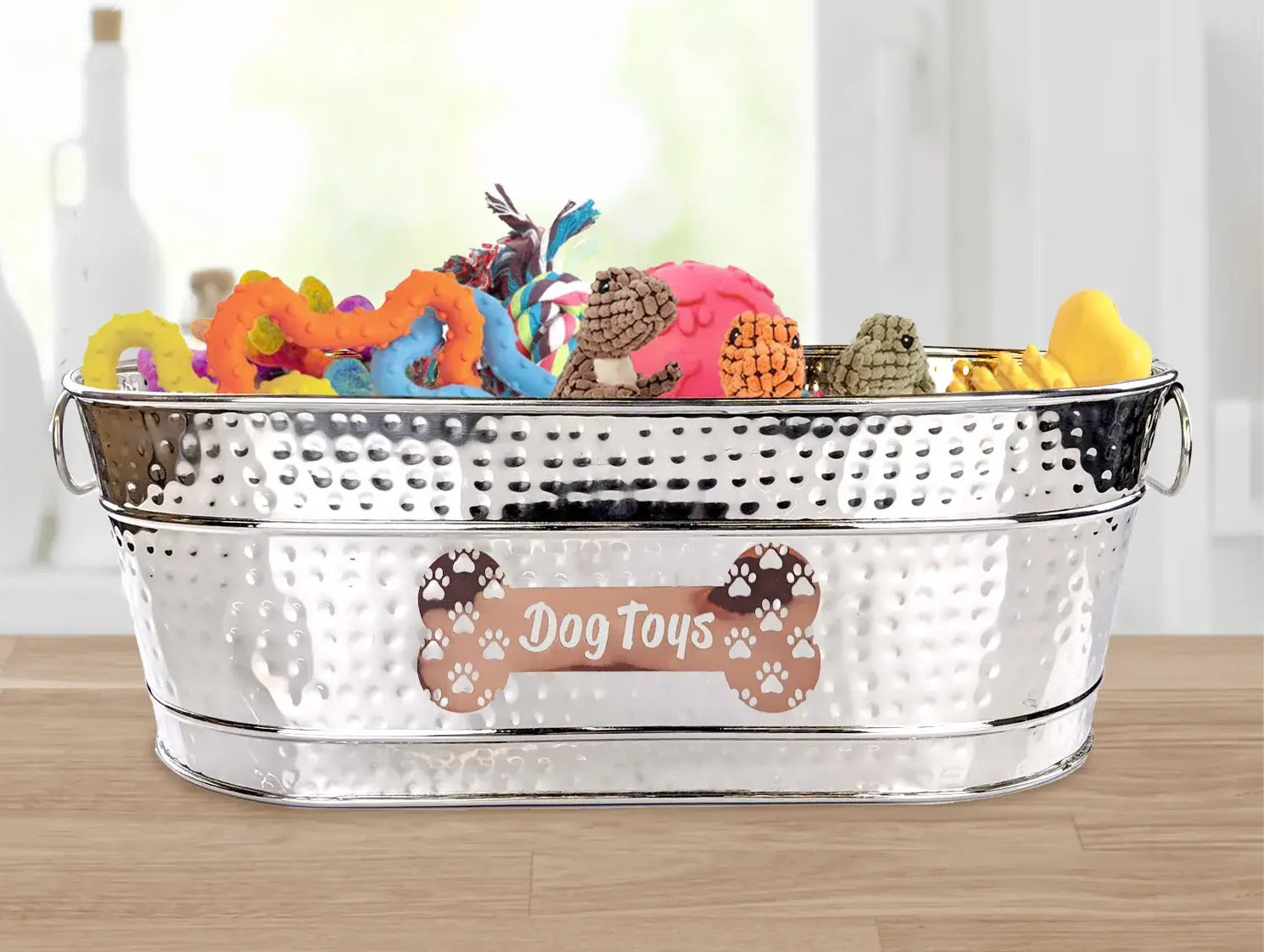
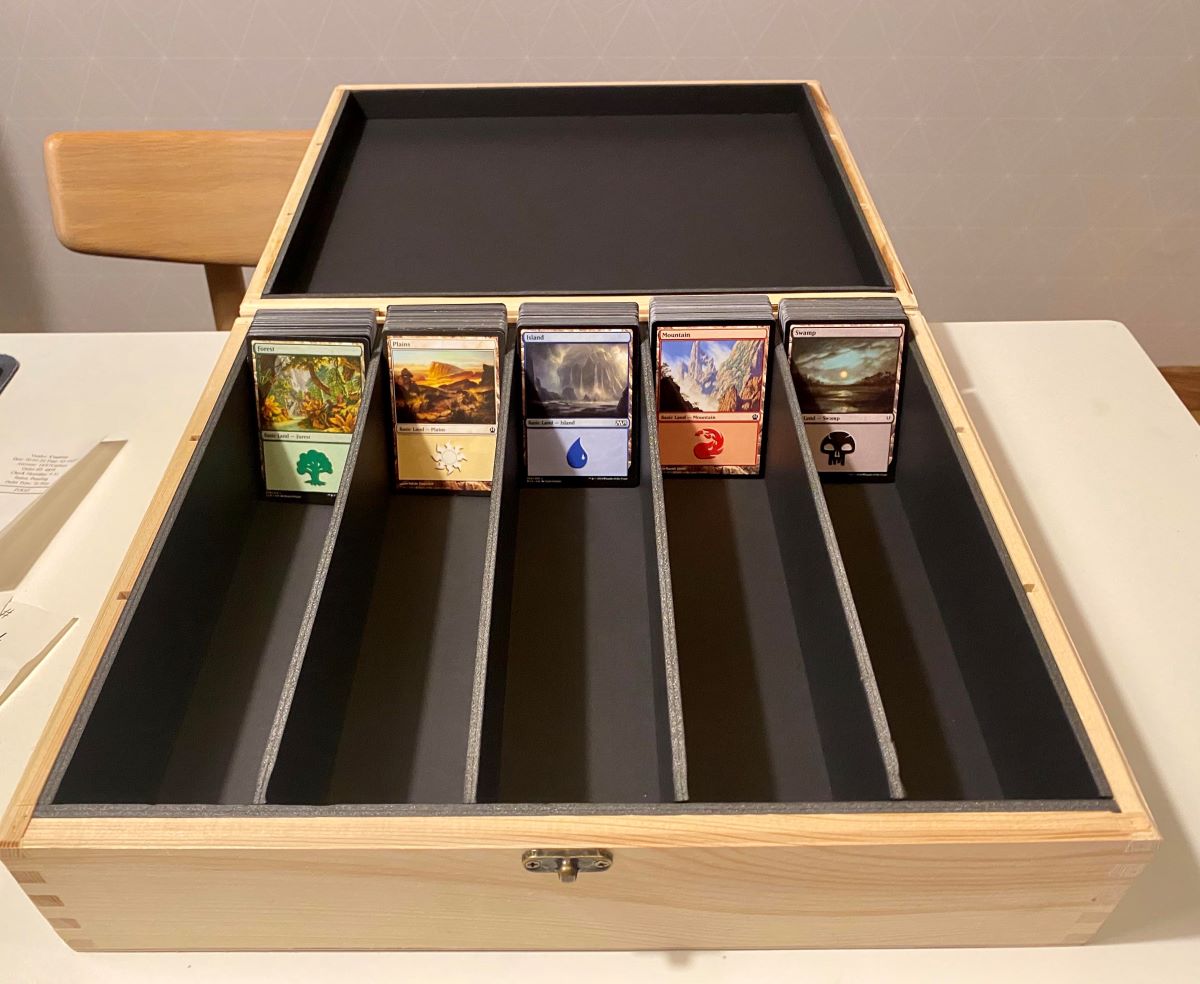
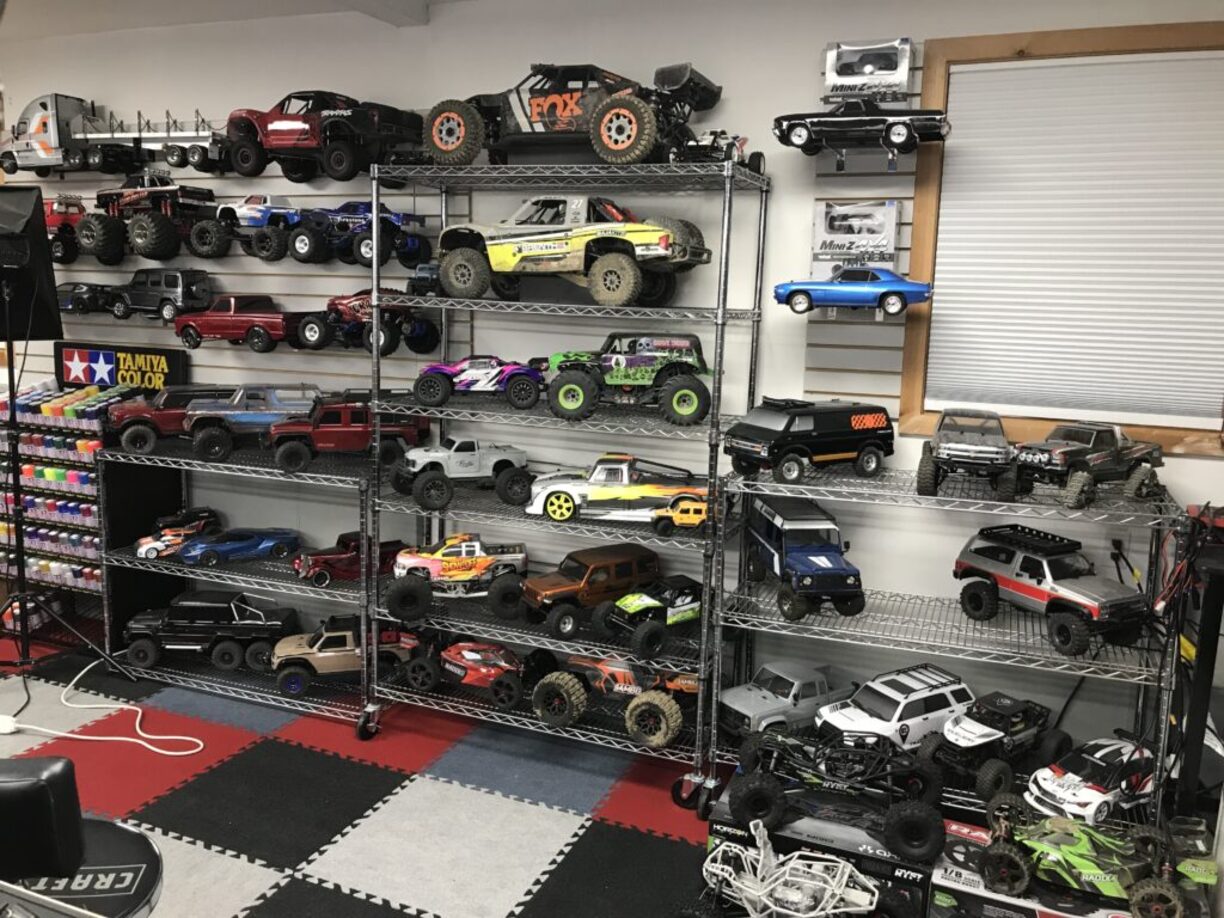
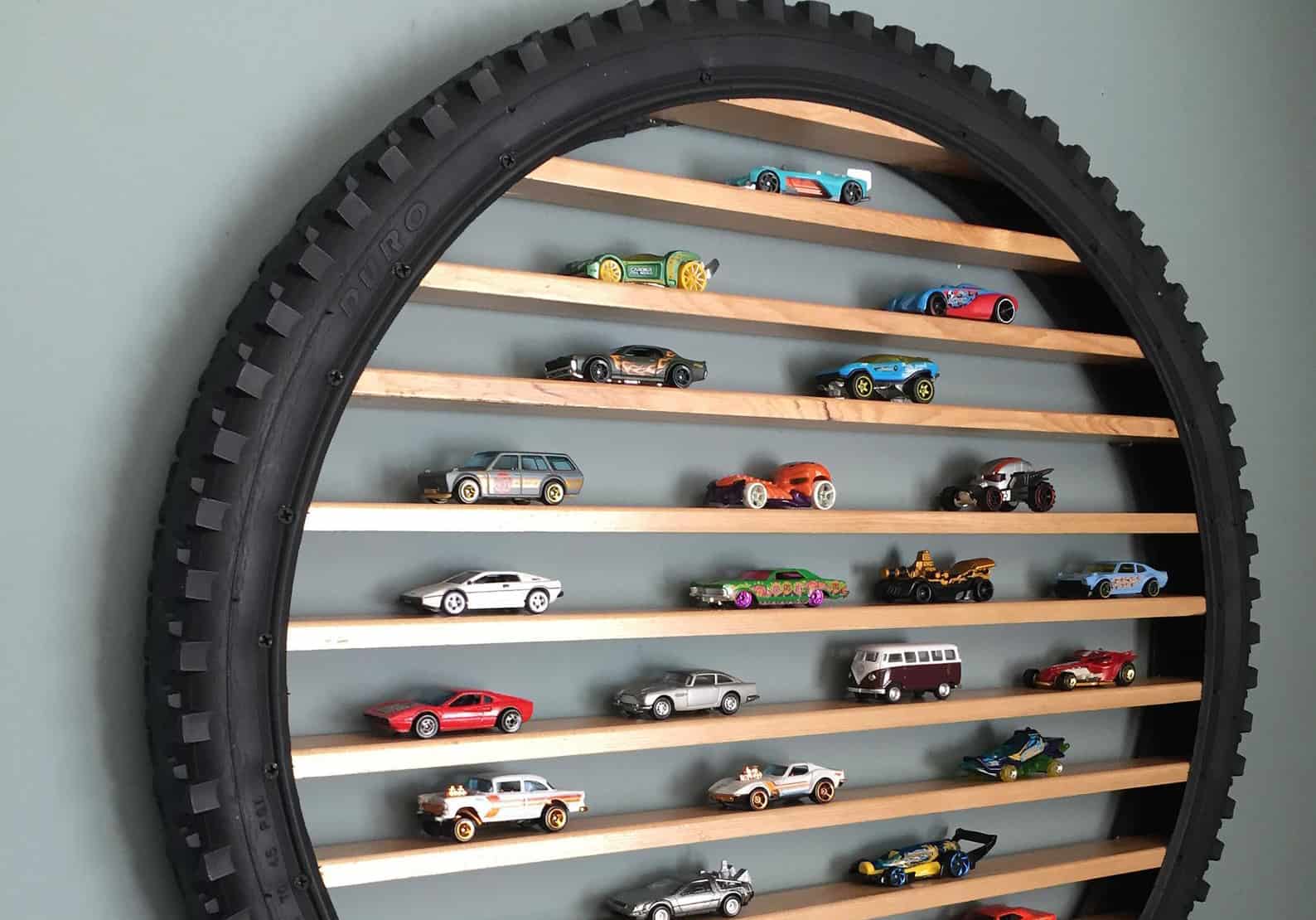
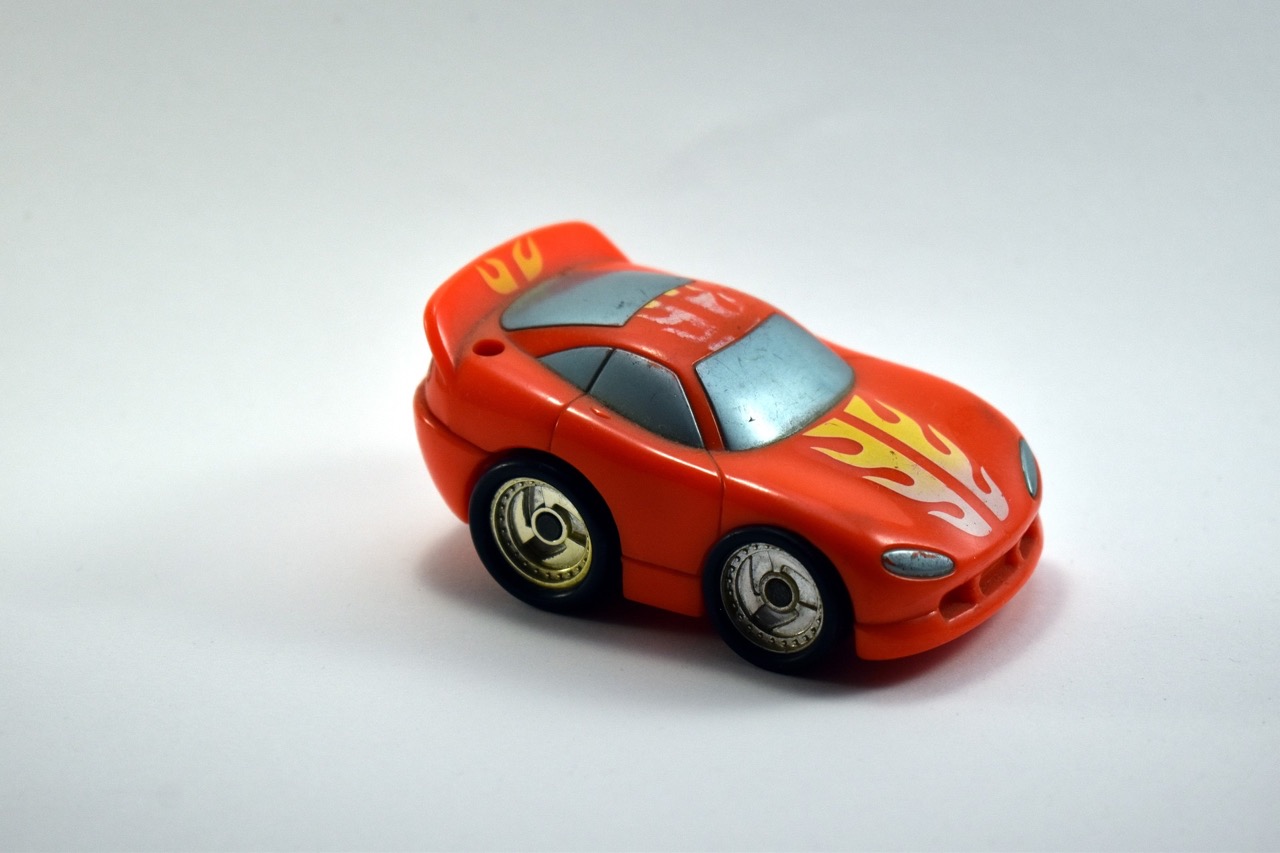

0 thoughts on “How To Store Collectible Toys”